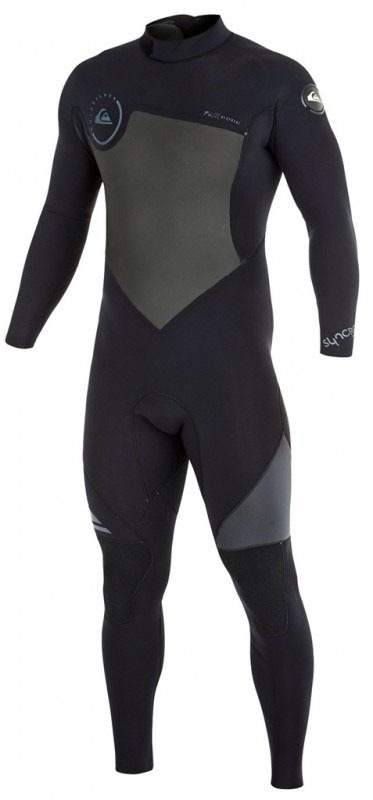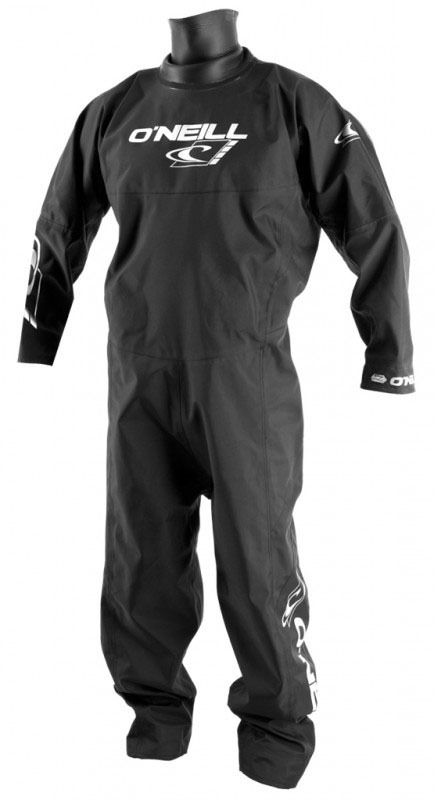What’s the Difference Between a Wetsuit and Drysuit?
Ryan Hotchkiss July 14th, 2017 Posted In: Articles Tags: Kayak
We get asked what’s the difference between a wetsuit and drysuit a lot so we put this helpful post together to help break it down. Wetsuits are — almost exclusively — made of neoprene and are designed to fit tight against the skin in order to trap body heat. Drysuits are more like big bags with a hole for your head and with legs and sleeves. Drysuits have gaskets at the end of the legs and sleeves and around the head/neck hole that prevent water from getting inside the suit.
Both wet and dry suits are extremely valuable in the world of watersports, but they serve different purposes. While there is some hybrid mixing of wet and dry suits in different sports to achieve optimal comfort and performance, there are fundamental uses for each. Read on to understand the difference between a wetsuit and a drysuit!
Wetsuit Design and Fabrication
Like your skin, neoprene is slightly porous which allows a thin layer of water to reside between your body and the wetsuit. The thin layer of water acts as insulation that helps keep you warm.
The quality — and by extension, the price — of a wetsuit is determined by the thickness of the neoprene, its flexibility, and the water tightness of the wetsuit. Typically, the thicker and more flexible it is, the more expensive a wetsuit is.
Water tightness is determined by a number of factors including zipper quality, seam construction, the presence of a fleece lining and anti-flush gaskets.
Wetsuits are commonly used for surfing, paddling, diving, and snorkeling.
Drysuit Design and Fabrication
Drysuits can be made from a variety of materials, but a drysuit is generally a nylon shell with a waterproof laminate on the interior.
In addition, drysuits have gaskets made of rubber or neoprene. Most drysuits have a waterproof zipper that runs from one shoulder across the body down to the opposing hip.
Drysuits are popular among whitewater and sea kayakers, as well as rafters. Drysuits also work well for cold water or weather sports like winter surfing, bodyboarding, and paddle boarding, spelunking, and canyoning.
Pros and Cons of Wetsuits and Drysuits
Still not sure what is the difference between a wetsuit and a drysuit? Here’s a list of pros and cons to break it down a bit more.
- Wetsuits are easier to put on and take off than drysuits, so they are far more convenient for warm water/weather kayaking, rafting, surfing, canyoning, spelunking, diving and just about anything associated with water.
- Drysuits allow you to put layers of clothing underneath — several if you require — for extreme cold water sports, spring kayaking on a snow-melt fed river for example.
- Drysuits keep your clothing — and your body — dry. With the exception of perspiration, a quality drysuit will keep you almost 100% dry if the gaskets don’t fail or you don’t forget to remove the air from inside the suit before getting into the water.
- Drysuits can be bulky and cumbersome.
- Wetsuits, over an extended period of time, are not as comfortable as drysuits.
Still confused on what’s the difference between a wetsuit and drysuit? No worries! Contact us either via live chat, email (service@wetsuitwearhouse.com) or call 866-906-7848 and we’ll help you find just what you need!



